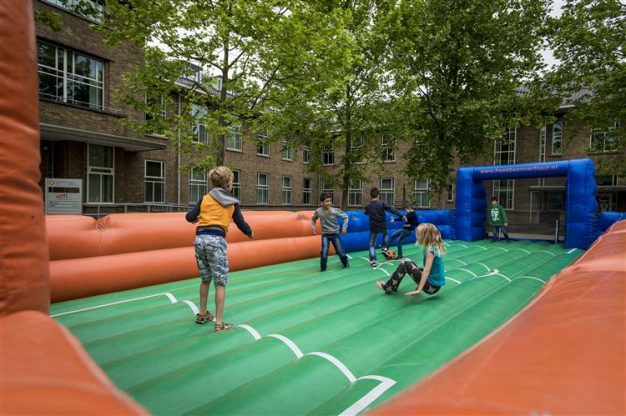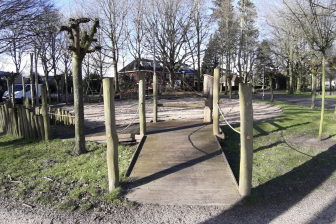
Assessment of child-friendliness enhances child’s independence
Safe and child-friendly environments have been on radar by city dwellers, policy-makers, planners and designers for many years. Their efforts may have now been made easier thanks to a measurement tool, which guides urban developers in creating and assessing child-friendly spaces.
Independent development means exploring the world, socializing with other people and participating in various activities. However, parents can hinder the children’s ability to develop independence thinking skills due to the parental fears of danger. Therefore, creating attractive play areas, which are safe and allow for independent mobility are extremely important.
Bringing children back to the streets
Urban developers from an organization Urban.nl in the Netherlands wanted to make the local streets children-friendly and safe. Consequently, they developed an assessment tool to measure child-friendliness on the streets.
“We presented the tool named ‘KiSS’, for the very first time at ‘Childstreet 2005’, an international conference that took place in Delft. The tool was then tested in a number of streets all over the Netherlands in preparation for the ‘National Street Play Day’, which is to be held in hundreds of streets and major urban roads in June 2006,” said Steven Scheppel, Project leader from Urban.nl.
“We aimed to help dwellers, parents, policy-makers, planners as well as designers to identify areas, which needed improvements for making our streets child-friendly”.
Assessing communities with children in mind
Creating environments which are safe, children-friendly and attractive can help children to reach their potential, build friendships and increase their independent mobility.
Using the new urban planning method, the safety and child-friendliness of the streets in the Netherlands were measured by ensuring that the streets include the following components:
–Walkability
–Cyclability
-Playability
“These elements must not be considered separately. They are closely related and are dependent on the following, protection, cross-ability and enjoyability. Residents who can walk to work, the grocery store and entertainment are happier, healthier and more invested in their city,” said Scheppel.
Sheppel gave short description of each of the components of a child-friendly street as below:
Protection
Protection (social safety and traffic safety) is the most important, without any doubt.
Increasing traffic safety enforcements include slowing down adult car drivers or motorcyclists and make them pay more attention.
Social safety is a type of natural control that is created by the presence of the local residents, as they keep an eye on things.
Walkability
Walkability create desirable places to spend time in and to meet others and focuses on neighbourhood, with many nearby places to go and to do. Walkability also enforces speed reduction enabling people to walk in the middle of the street, unless there is a path alongside the street.
Cyclability
Fully segregated bike lanes and cycle paths allowing cyclists to cycle on the streets and crossing streets are vital components of streets, which are cyclists-friendly.
Crossable streets
Cross-ability means having the freedom to move around and using the full width of the streets. Being aware and paying attention is necessary.
Enjoyability
Enjoyability means making the street an enjoyable place for all citizens of all ages and educate children about the world of grown-ups.
Playability
Playability means that there opportunities have been created to enable children to play and that the play spaces are maintained, clean and safe.
“Streets should not be seen only as a route with its functionality for pedestrians, cyclists or motorcyclists. It should also create opportunity for the community life and dwellers and shopkeepers should have the opportunity to contribute to the quality of the street life,” said Scheppel.
“Street life should enforce rules to ensure safety but equally should also enhance the well-being of all citizens,” concluded Scheppel.




